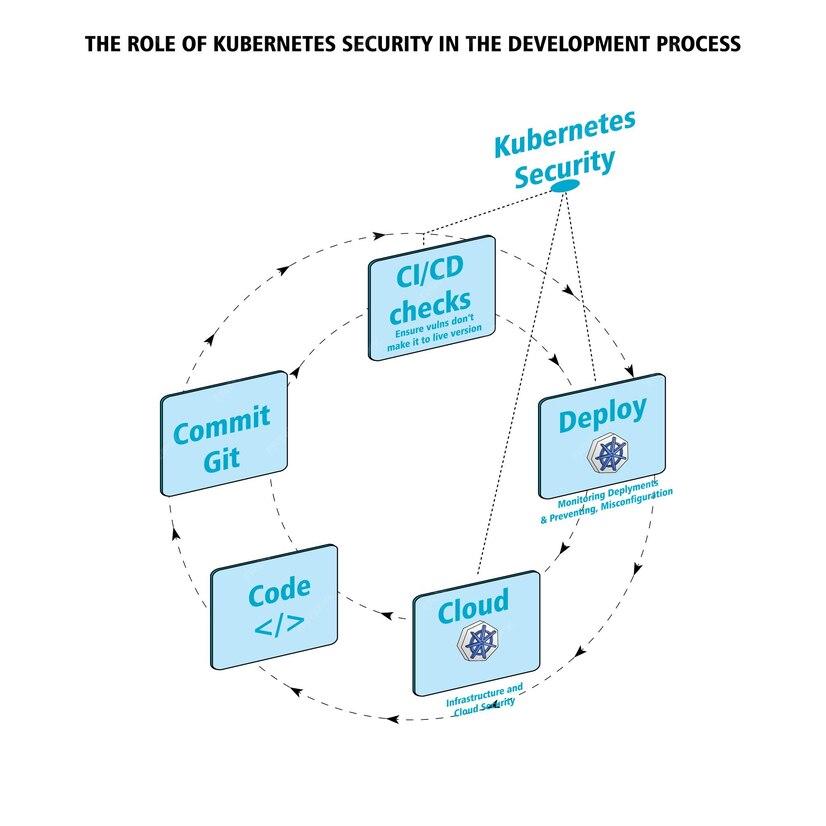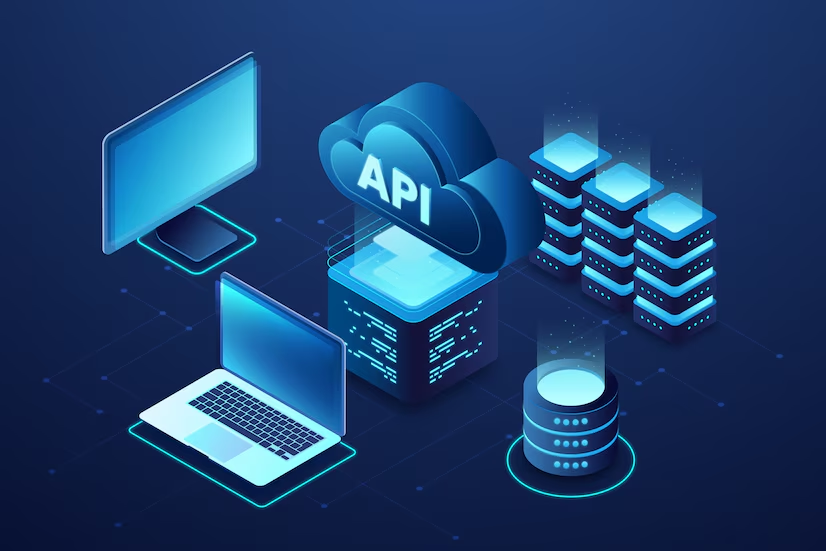
GitOps Is Becoming the Gold Standard for Application Deployment in Kubernetes
According to the CNCF Annual Survey 2023, over 96% of organizations are now using Kubernetes in production. With the rapid adoption of Kubernetes clusters across industries, the focus has shifted from container orchestration to streamlined and secure application deployment.
One methodology rising as the dominant standard is GitOps—a developer-centric approach that uses Git as the single source of truth for managing Kubernetes clusters.
GitOps is not just another DevOps trend. It represents a paradigm shift in how we deploy, manage, and scale cloud-native applications. From reduced deployment failures to faster rollback times and stronger audit trails, organizations adopting GitOps are seeing measurable results in operational efficiency and reliability. In this blog, we’ll explore why GitOps is becoming the standard for deploying applications in Kubernetes clusters, the key business benefits, and how it aligns with the latest technological and compliance requirements.
What is GitOps and How It Works
GitOps is an operational framework that uses Git repositories as the central source of truth for declarative infrastructure and applications. Rather than executing imperative commands manually or via CI pipelines, GitOps automates deployment through continuous reconciliation between the desired state in Git and the actual state in your Kubernetes clusters.
At its core, GitOps consists of:
- A Git repository that stores your Kubernetes manifests or Helm charts.
- An automated controller (e.g., ArgoCD, Flux) running in the cluster that ensures the deployed state matches the Git repo.
- Pull-based deployment workflows, which increase security and traceability.
Why GitOps is the Future of Kubernetes Application Deployment

1. Improved Deployment Reliability
GitOps minimizes human intervention in the deployment process. Since everything is stored and versioned in Git, any deployment changes must go through a pull request (PR). This reduces the chances of accidental misconfigurations, a common source of production outages in Kubernetes clusters.
With Git as the single source of truth, you can easily track, audit, and roll back any change. This dramatically improves reliability and confidence in each deployment.
2. Faster Time to Recovery and Rollbacks
One of the most impactful outcomes of GitOps is faster Mean Time to Recovery (MTTR). If a deployment goes wrong, reverting to a stable version is as simple as rolling back a Git commit. Kubernetes clusters can automatically sync to the previous state, often within minutes.
This level of control is crucial for teams maintaining high-availability applications or working in regulated industries.
3. Enhanced Security and Compliance
Security teams favor GitOps because it centralizes control and provides immutable, auditable records of changes. There is no need to give developers direct access to production Kubernetes clusters. Instead, they make changes through PRs, which are reviewed, approved, and then synced to the cluster via automated processes.
This not only reduces the attack surface but also helps maintain compliance with SOC2, ISO27001, and GDPR by offering clear, traceable deployment logs.
4. Increased Developer Productivity
By leveraging familiar Git workflows, GitOps allows developers to manage infrastructure and applications using the tools they already know. There is no need to learn specialized Kubernetes deployment scripts or CI/CD configurations.
According to a report by Weaveworks, organizations that adopt GitOps practices report up to 50% faster delivery times and a 60% reduction in configuration-related errors. The feedback loop is faster, and changes are more predictable.
Real-World Business Impact
Companies like Intuit, Alibaba, and Ticketmaster have implemented GitOps at scale to manage hundreds of Kubernetes clusters. Here’s a snapshot of GitOps outcomes:
- Intuit reported a 90% reduction in deployment errors after moving to GitOps workflows with ArgoCD.
- Ticketmaster managed over 100 microservices across multiple Kubernetes clusters using GitOps, achieving near-zero downtime during updates.
- Alibaba Cloud leverages GitOps in their global Kubernetes infrastructure to support real-time scaling and zero-touch deployments.
These examples underline the tangible KPIs and business value GitOps delivers—from improved uptime and scalability to compliance and team agility.
Aligning GitOps with AI, Automation, and the Modern Tech Stack
As AI and generative automation tools become more integrated into the software development lifecycle, GitOps complements this evolution. It provides the governance layer required to maintain consistency and trust in automated workflows.
For instance:
- AI-generated Kubernetes manifests can be automatically committed to Git and reviewed before deployment.
- Observability tools can use GitOps data to trigger intelligent rollback or scaling decisions.
This tight integration between AI pipelines, GitOps, and Kubernetes clusters enhances both innovation and control—two crucial pillars of modern enterprise infrastructure.
Conclusion: GitOps is Here to Stay
Kubernetes clusters are now the backbone of modern cloud-native architecture, and GitOps is proving to be the most efficient, reliable, and secure way to manage them. It reduces risks, empowers teams, and accelerates delivery in an auditable, compliant way. As more businesses aim for speed and stability in a competitive digital world, GitOps is not just a good choice—it’s the right one.
If your organization is managing multiple Kubernetes clusters, now is the time to adopt GitOps and take full control of your application lifecycle. The future of DevOps is Git-powered, automated, and built for scale.

